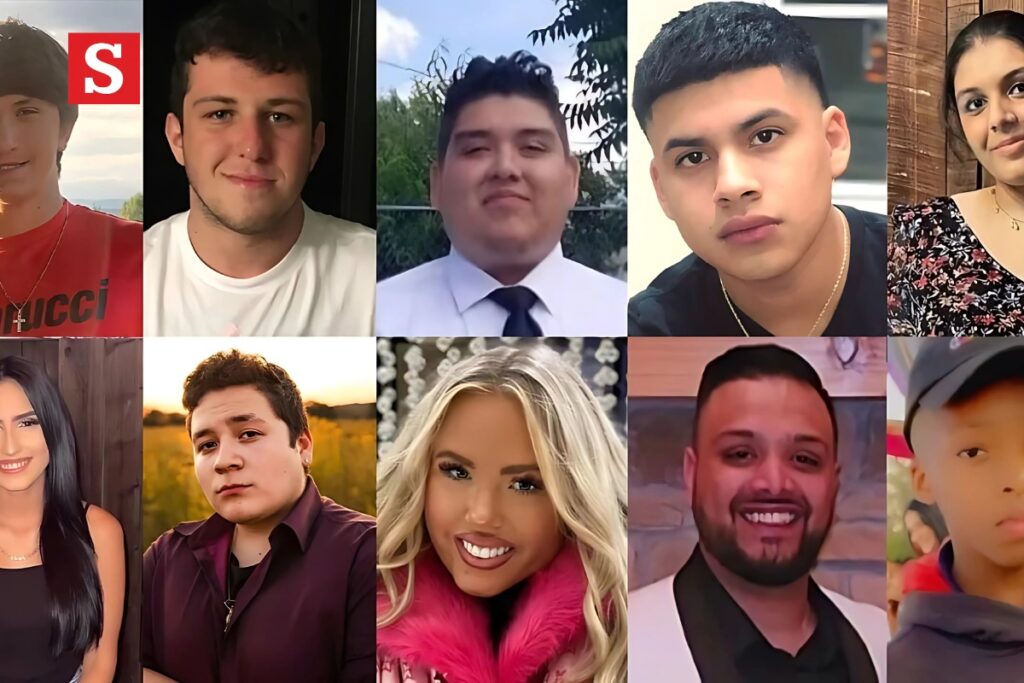The Western Washington University (WWU) community has faced heartbreaking moments in recent years with the deaths of several students. These tragedies have left a profound impact on students, faculty, and families, highlighting the importance of mental health support, campus safety, and community resilience. This article delves into the issue of WWU student deaths, exploring contributing factors, preventive measures, and how the university is responding.
The Impact of Tragedy on the WWU Community
Student deaths are devastating for any academic institution, but for a close-knit community like WWU, the effects are particularly profound. When tragedies occur, they often trigger waves of grief and shock, leaving students and staff struggling to process their emotions.
In one instance, the campus was rocked by the deaths of two students within a short period. Reports from The Seattle Times detailed how these incidents sent shockwaves through the university, sparking discussions about mental health and campus safety. Such events emphasize the need for proactive measures to support the well-being of students.
Factors Contributing to Student Deaths
Understanding the root causes behind student deaths is crucial to addressing the issue effectively. Some contributing factors include:
1. Mental Health Challenges
The college years are a transitional period filled with academic pressures, social challenges, and significant life changes. Many students face mental health issues, including anxiety, depression, and stress. Without adequate support, these challenges can sometimes lead to tragic outcomes.
2. Substance Use
Substance use and abuse are common among college students. Alcohol, drugs, and other substances can contribute to accidents, overdoses, and other fatal incidents. Universities must prioritize education and resources to prevent substance-related harm.
3. Campus Safety Concerns
Safety on and around campus is a significant concern. Accidents, violence, or unsafe conditions can lead to preventable tragedies. Institutions like WWU are working to strengthen safety protocols to protect their students.
4. Isolation and Loneliness
Feelings of isolation can exacerbate mental health challenges. Students who struggle to connect socially or lack a support system are at a higher risk of experiencing severe emotional distress.
How WWU is Responding
WWU has taken steps to address these tragedies and foster a safer, more supportive campus environment. The university has implemented several initiatives aimed at improving student well-being and safety:
1. Mental Health Resources
WWU provides counseling services and mental health programs to help students cope with stress and emotional challenges. However, expanding these services to meet growing demand remains a priority.
2. Awareness Campaigns
Awareness campaigns play a vital role in educating students about mental health, substance use, and safety. These initiatives encourage students to seek help and look out for their peers.
3. Enhanced Safety Measures
The university’s administration is reviewing and strengthening campus safety protocols. WWU’s official updates on safety highlight ongoing efforts to ensure that students feel secure both on and off campus.
Lessons Learned from Recent Incidents
One tragic event involved the passing of Micah Mazzuca, a WWU student whose death brought attention to the need for better support systems. Newsweek covered the incident, shedding light on the broader challenges faced by students nationwide.
Building a Supportive Campus Culture
A key takeaway from these tragedies is the importance of fostering a supportive campus culture. Peer support groups, student organizations, and faculty involvement can create a more inclusive environment where students feel valued and supported.
Addressing Mental Health Stigma
Stigma around mental health prevents many students from seeking help. Universities must continue to combat this stigma through education and open dialogue.
Preventive Measures for Student Well-being
Preventing student deaths requires a collective effort from universities, students, families, and the broader community. Here are some preventive measures that can make a difference:
1. Proactive Outreach Programs
Proactive outreach can identify students at risk before a crisis occurs. Regular check-ins, mental health screenings, and peer mentorship programs can help students feel connected and supported.
2. Strengthening Campus Safety
Improved lighting, better surveillance, and increased security presence can make campuses safer. Collaboration with local law enforcement ensures a comprehensive approach to student safety.
3. Accessible Mental Health Services
Expanding access to counseling and crisis intervention services ensures that students have the resources they need during difficult times. Universities should also provide telehealth options to increase accessibility.
4. Promoting Healthy Lifestyles
Encouraging healthy habits such as regular exercise, proper nutrition, and stress management can significantly improve students’ overall well-being. Wellness programs and workshops can promote these behaviors.
The Role of Students and Families
While universities play a critical role in supporting students, peers and families also contribute significantly to their well-being. Open communication and regular check-ins can help identify warning signs early. Additionally, students can play an active role by fostering a culture of care and inclusivity within their community.
Moving Forward
The deaths of students at WWU are a somber reminder of the challenges faced by today’s youth. Addressing these challenges requires a multifaceted approach that includes mental health support, campus safety, and community engagement. By learning from these tragedies and implementing proactive measures, universities like WWU can create an environment where every student feels safe, supported, and valued.
For more information about these incidents and ongoing efforts at WWU, visit The Seattle Times article or explore WWU’s safety updates. To read about specific cases like Micah Mazzuca, refer to Newsweek’s coverage.
By working together, we can honor the lives lost and ensure a brighter future for all students.




